Let's Talk About Crying and Maybe Cry a Little After
Photo by Luis Galvez on Unsplash
Crying. It’s hard for me to talk about. Everything I start to say about it, I rethink and delete. I’m torn when it comes to crying. I know that I do. I feel like it’s healthy. But I also hate it. All at once, when I feel the urge coming on, I want to turn it on and push it far away where I don’t have to look at it. Yet sometimes I stand in the mirror and just watch it happen to me, like, Okay, this is where I am.
Sometimes I cry because of how cruel the world is — not even to me, but to others. Sometimes I cry because I feel overwhelmed in my own little world of work, relationships, goals, doubts, desires, and disappointments. Sometimes I cry because I feel alone — even though generally, I really like being alone — I can be happy to have breakfast alone, work at home alone, watch Netflix alone, but still… sometimes something in me clicks, and I feeling lonely instead of content, empowered, or free. And in those moments I can cry.
When I was crying a few days ago, I made this post. I thought for many people, crying might be a challenge to do, or to have people know that we do — like it is for me. And now I know it for sure. I couldn’t believe how many people responded — on Instagram, Facebook, and in conversations. And this isn’t even everything.
What’s at the root of all this. Why do any of us even cry anyway?
Science doesn’t have as much to say about crying as I’d expected.
I watched a TED-Ed Video about the different kinds of tears we cry. We have basal tears — we don’t even notice ourselves producing these tears — they protect our eyes generally on a day to day basis. We have reflex tears — these are the tears that onions pull out of us, that exist to wash away harmful substances from our eyes or prevent things from getting in. And then we have emotional tears, which science knows the least about. I’ve read that they help rid of us of stress hormones, are maybe a natural form of pain relief, and that socially maybe they exist to engender empathy in others for the individual, or to help us create stronger communal bonds as a whole.
So all I have to lean on really is that little bit of information and then what I see and hear around me. So for what it’s worth, a few more of my thoughts.
The Crying Spectrums
Like so many other things, crying is not one-size-fits-all. The way we cry transcends age, gender, culture, location, sexuality, all kinds of things — I think it even changes for individuals depending on what they’re going through at a certain point in life.
In my head, I imagine three spectrums.
#1 The Expectations of Crying Spectrum
This is where we feel we should fall on the topic of crying based on what messages we received as we’ve grown up. It ranges from “crying is weak, don’t cry” to “crying is natural, do it as much as you need to.”
#2 The How We Cry Spectrum
This is the spectrum where we personally identify our own crying threshold/behavior. It ranges from “I rarely/never cry” to “I often/can easily cry” or maybe “only intense things like death make me cry” to “something small like missing the bus can make me cry.”
#3 The Kinds of Crying Spectrum
This is the spectrum of kinds of crying we do in our life. It ranges from “shed a tear” to “big sobs that give us a headache after.”
So rather than looking for black and white answers, maybe a healthy approach to understanding crying is simply self-awareness and contextual assessment.
What’s going on? What can you do? Who can you talk to and/or invite in to support you?
With all that said…
Cheyenne’s Entirely Subjective, Unscientific Conclusions about Crying
If you understand your need and desire to cry when you’re sad, overwhelmed, or pained — and you feel it’s restorative impact — then cry with no shame. Push aside the baseless criticisms of “crybaby” or “over-sensitivity.” They’re lies.
If you have found that crying gets in the way of your well-being, your ability to function, or to form healthy relationships — that crying itself is overwhelming you — reach out. Find family, friends, or professionals who can help you identify the issue within your emotional expression so you can move forward in joy, too.
If you don’t like to cry, but you feel you need to, explore that — take that journey. Let no internalized negativity you feel toward crying stop you because — your strength is not defined by tears or lack thereof. Not even close.
If you don’t like to cry, and you have no interest in crying, what do you naturally and healthily do to release stress and pain from your body and mind, so it doesn’t bottle up and hurt you in other ways? Explore that — with friends and family and professionals if you need to.
And where ever you fall on any of these spectrums, don’t let anyone or anything make you feel less than normal. There isn’t a normal. There’s just humans. Just us.
Here for each other.
Want to talk more? Have more thoughts about crying? Hit me up.


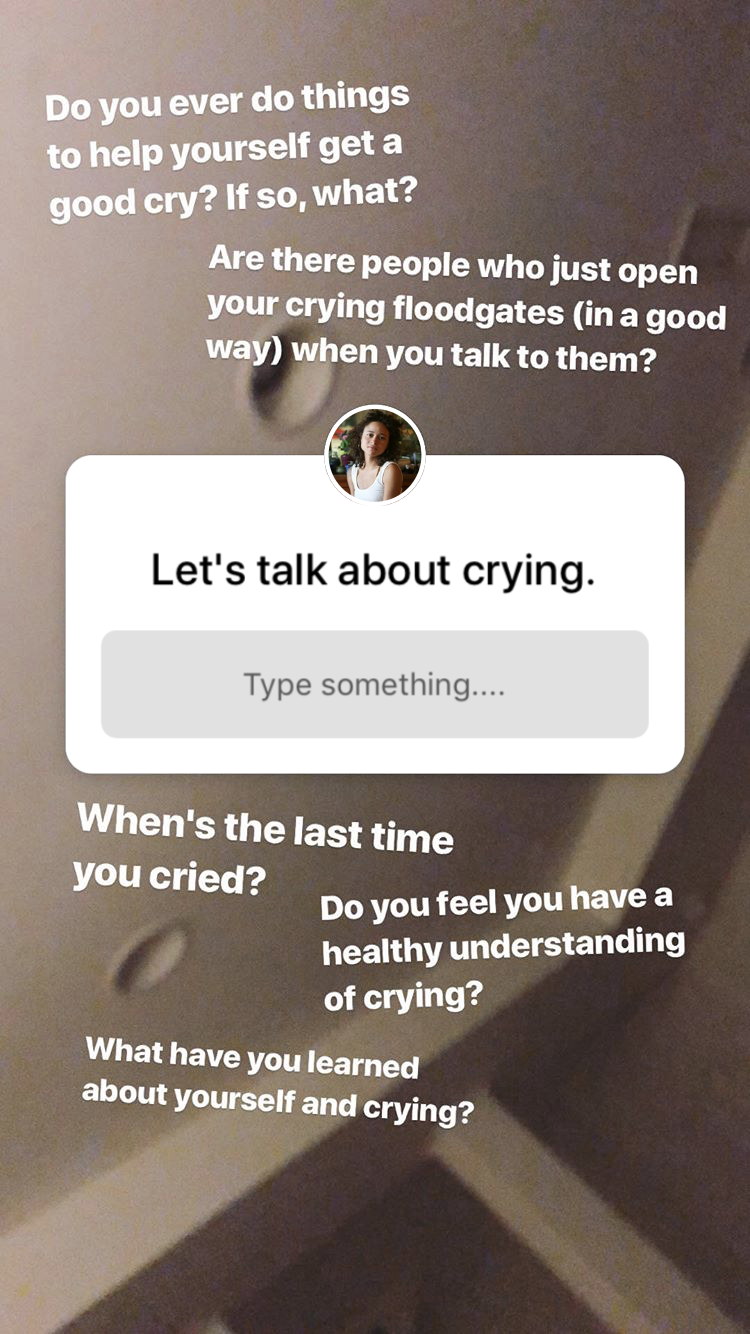

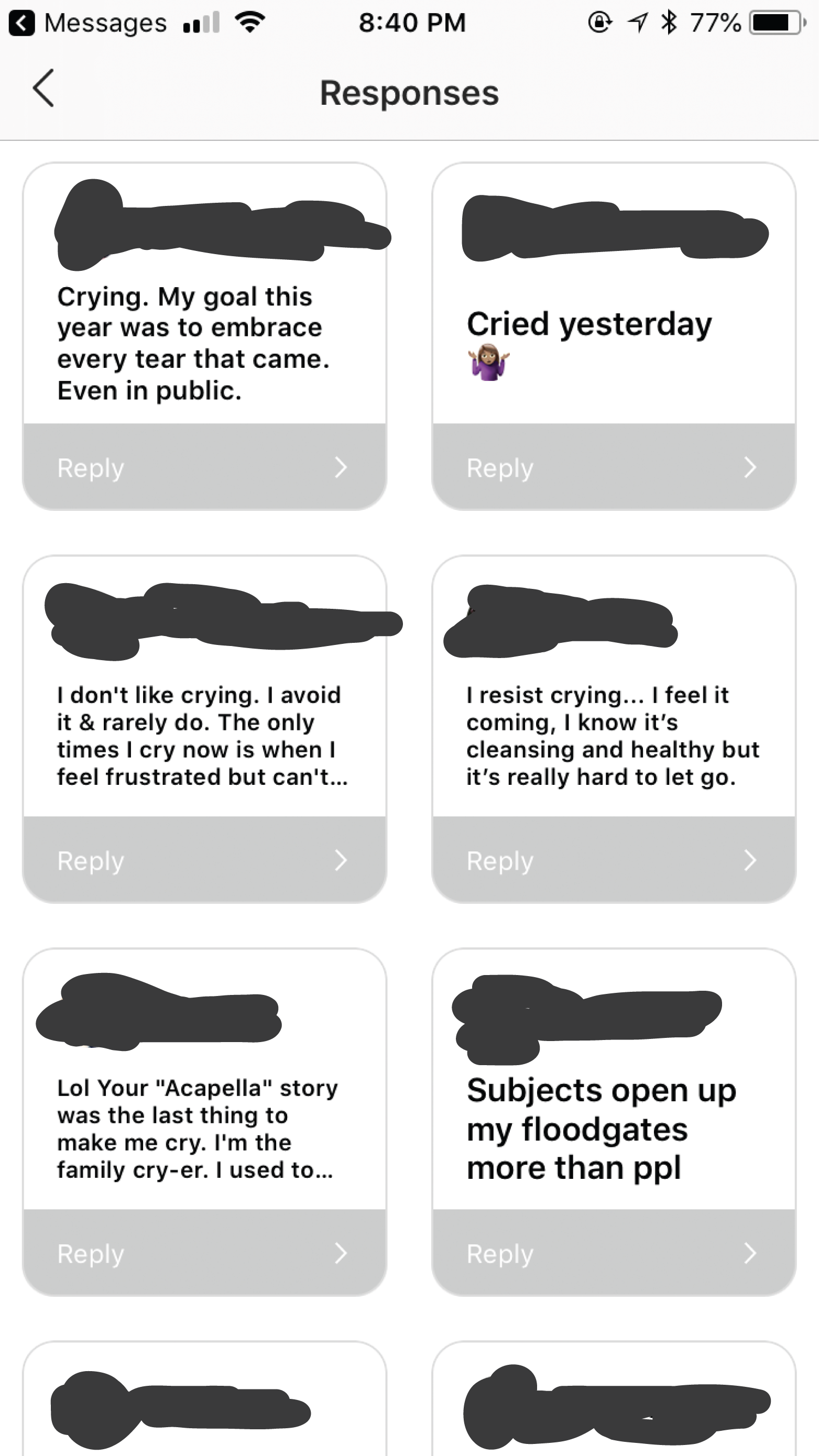
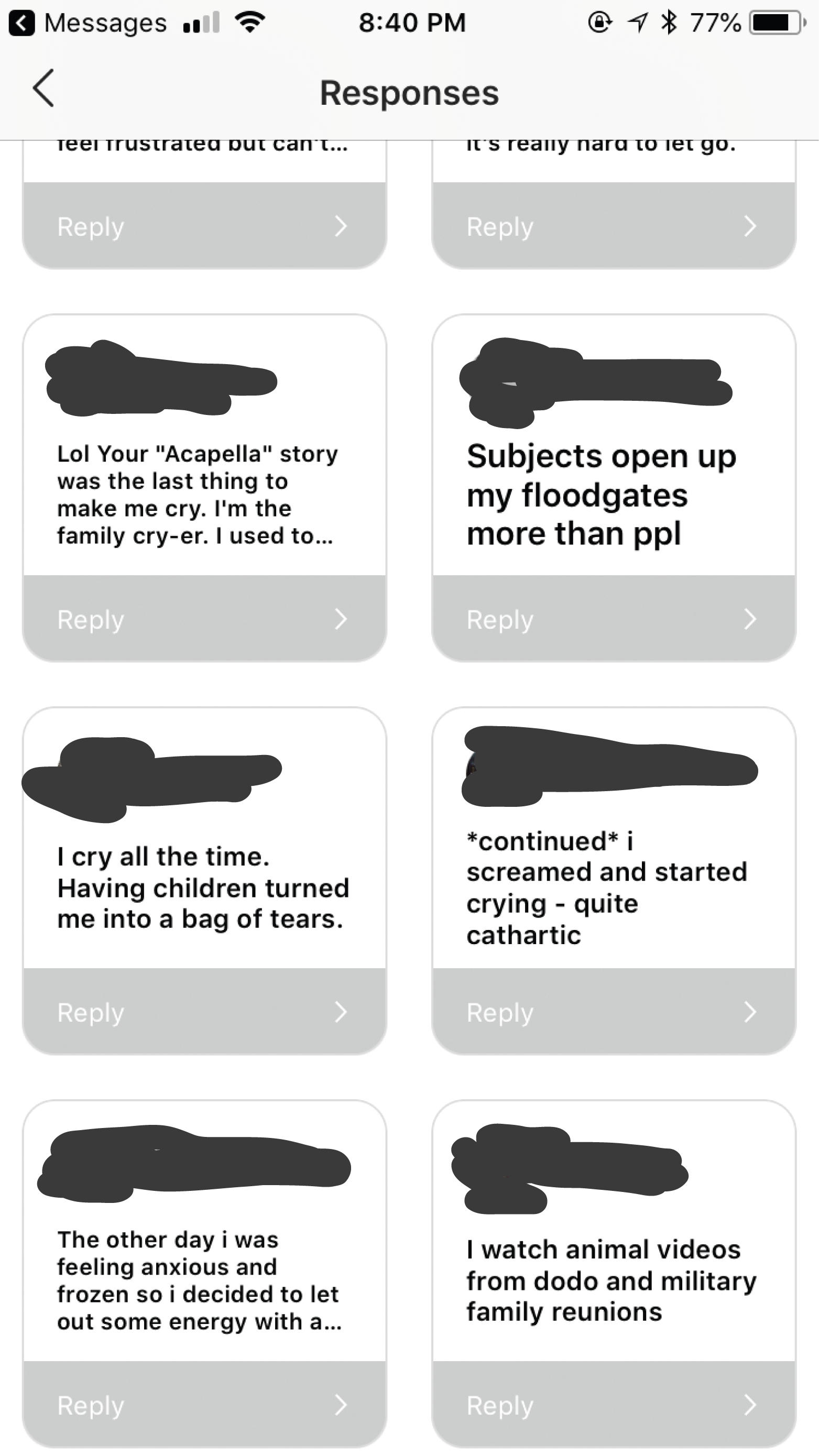
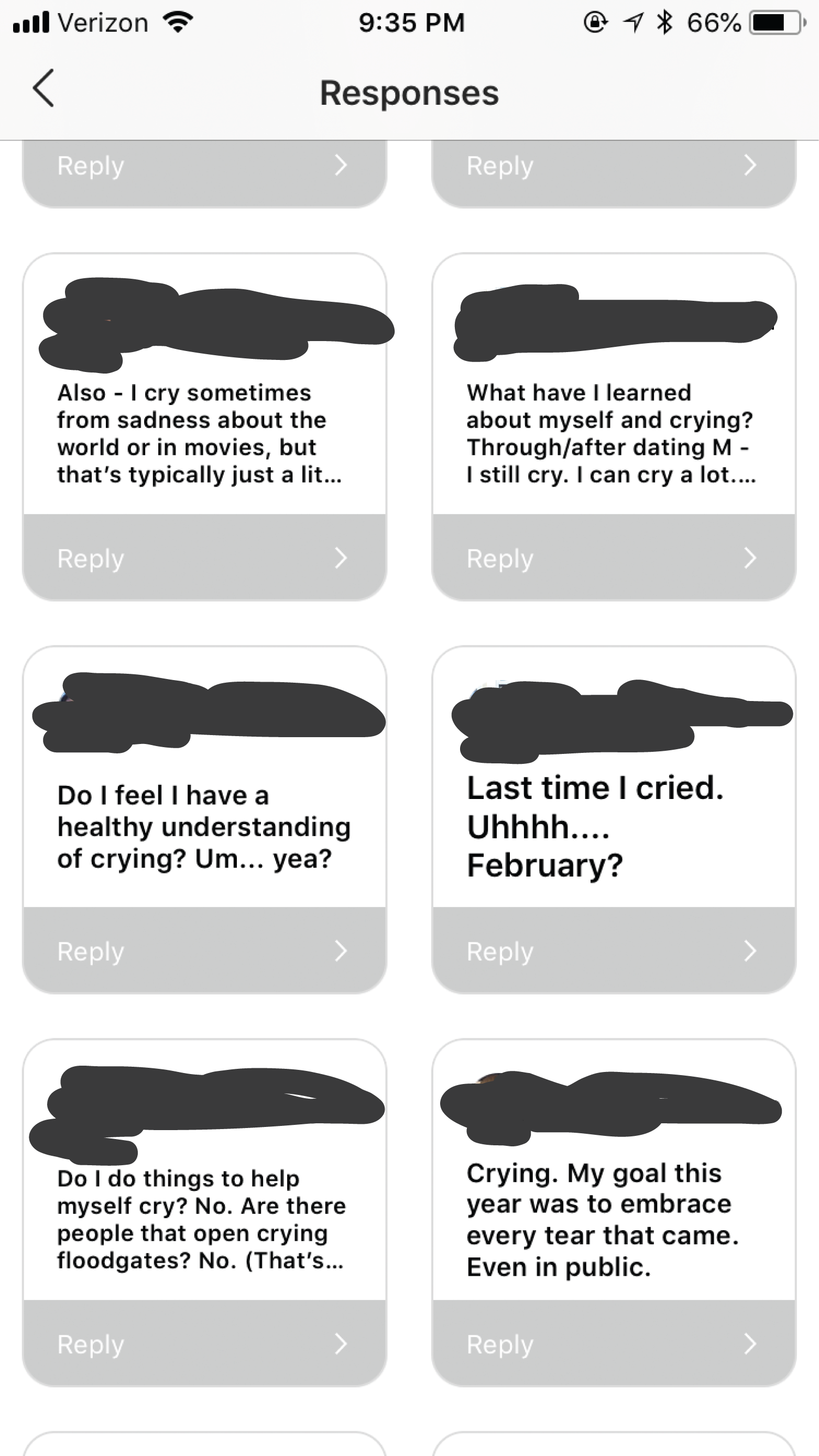
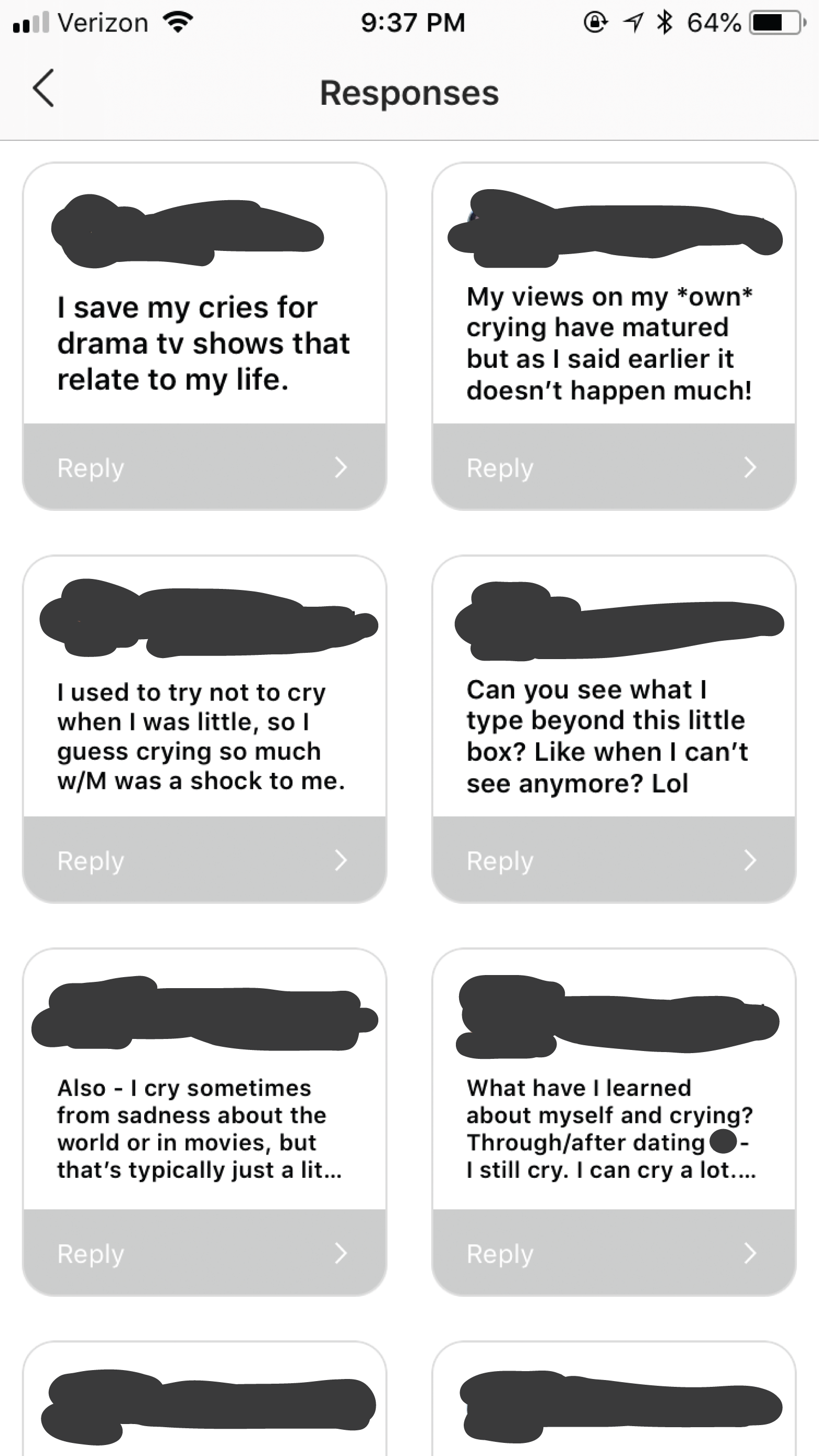
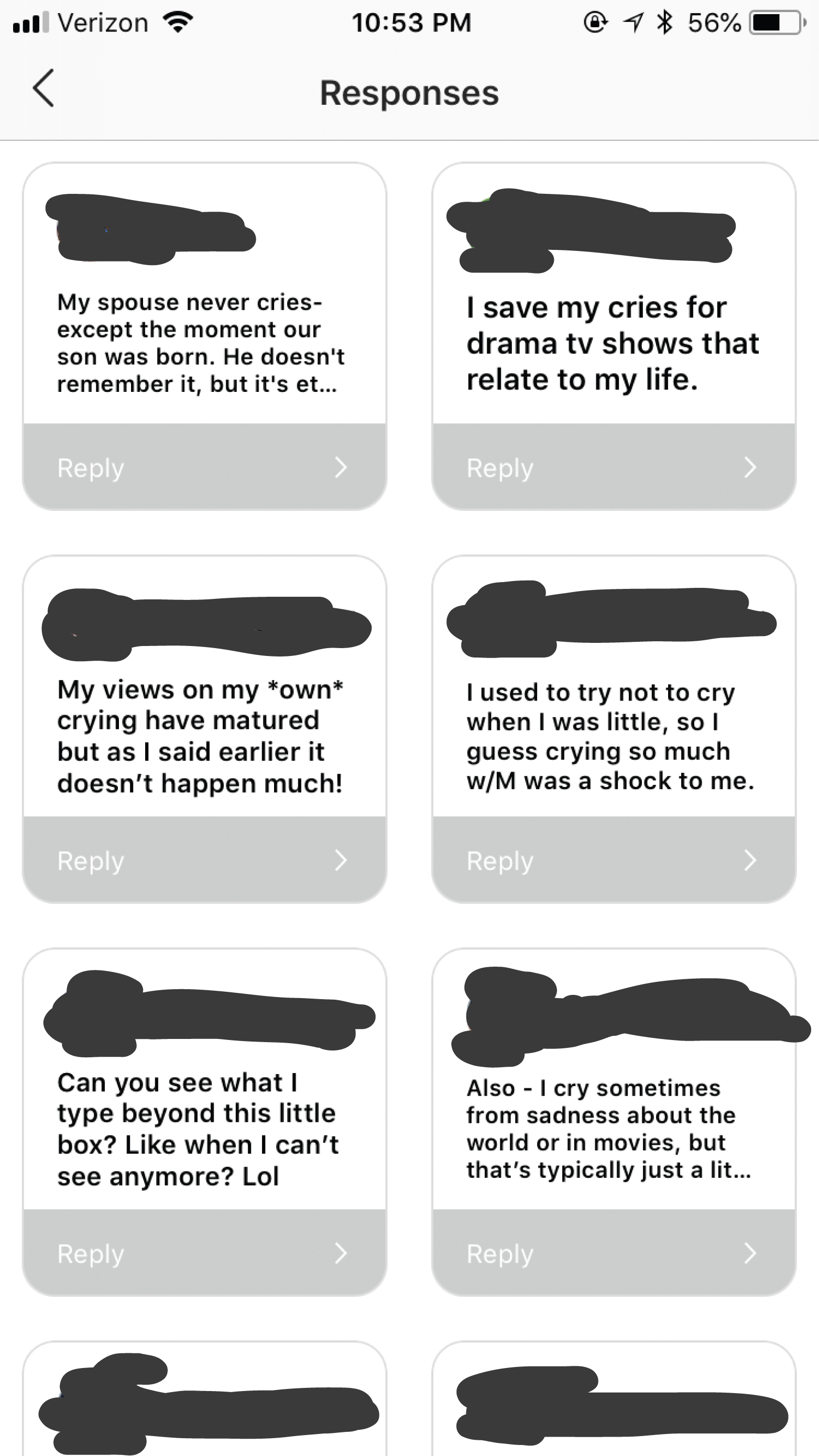
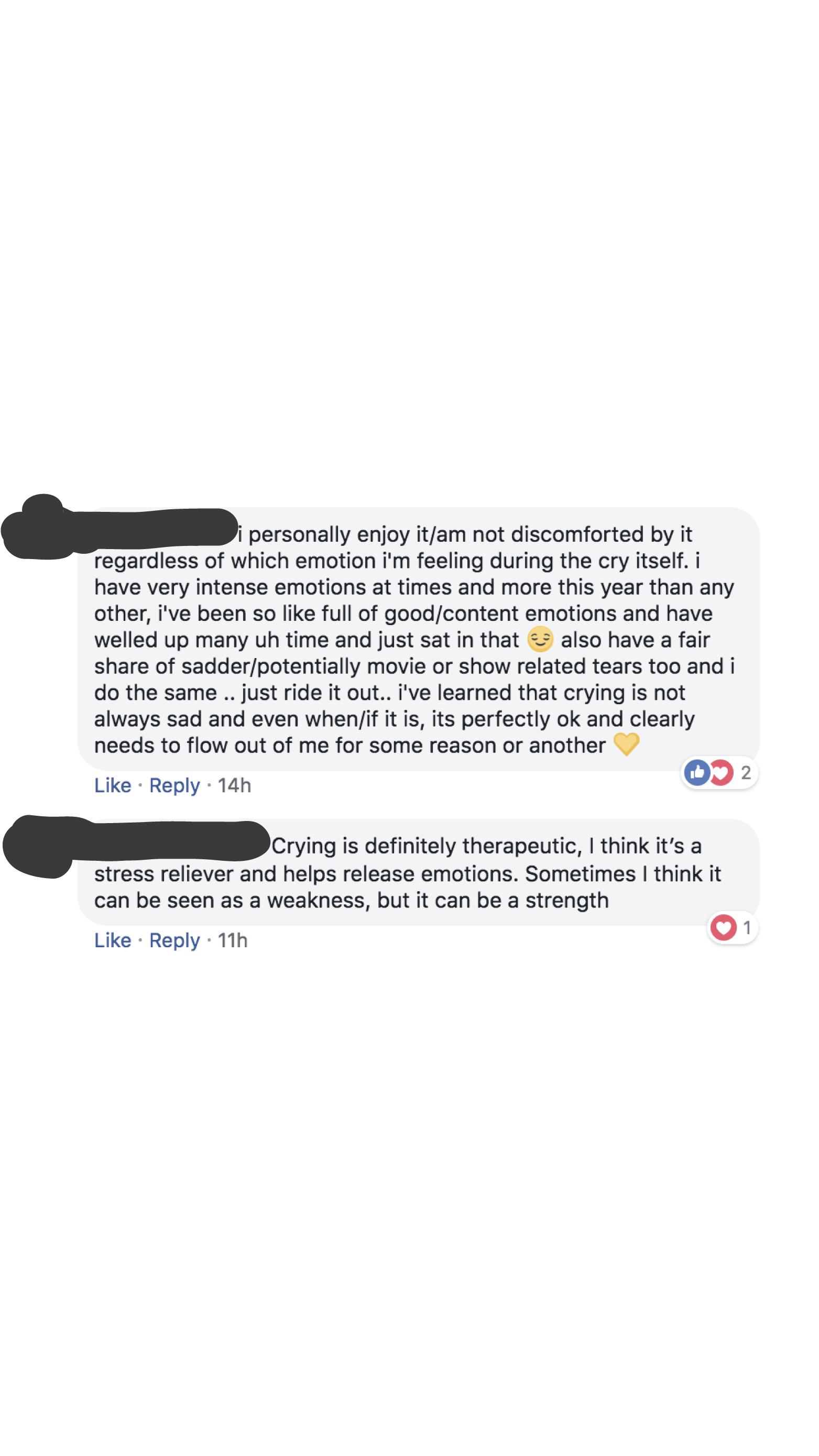
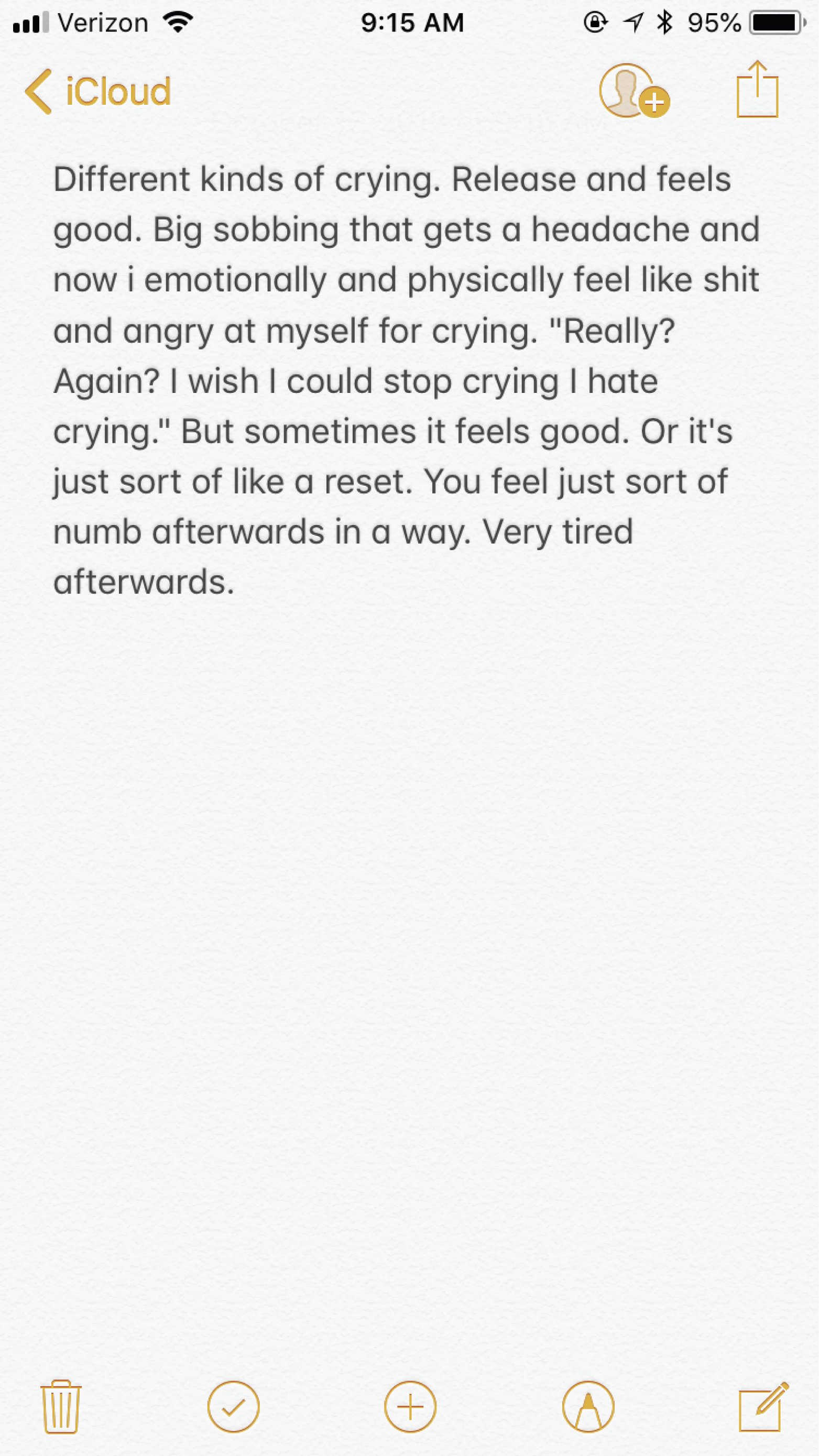









Our Babybay Cosleeper was right next to us — supporting us baby step by baby step on our newborn sleep journey.